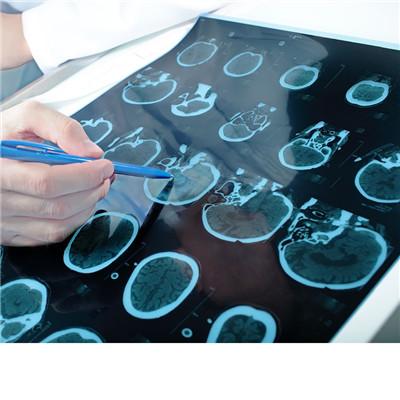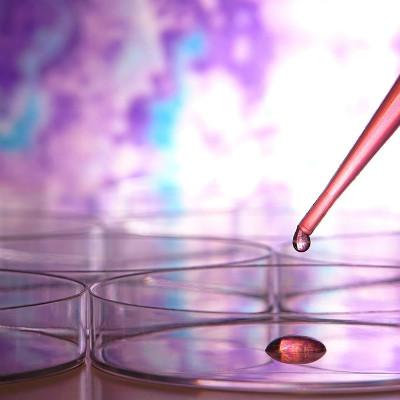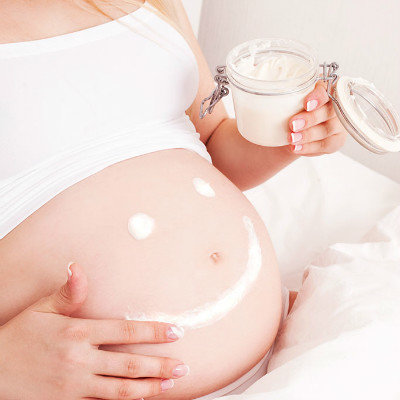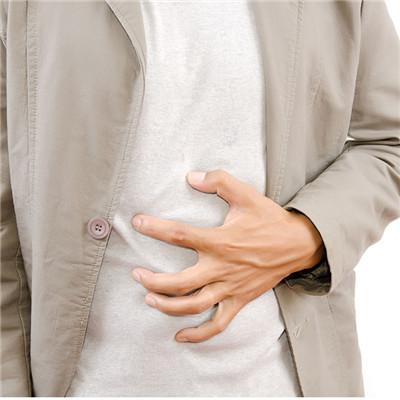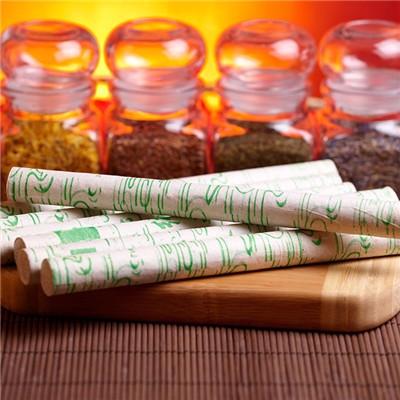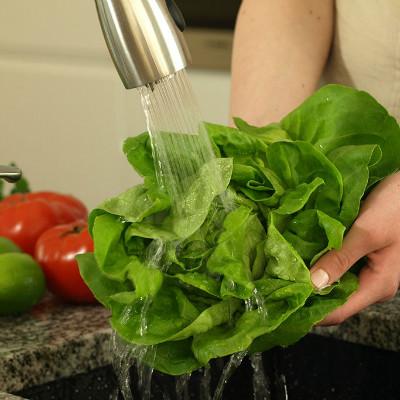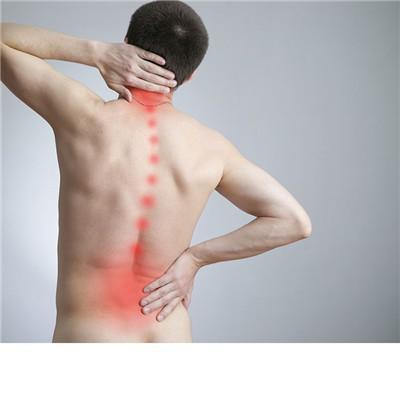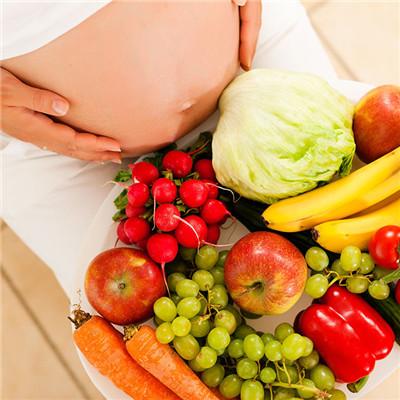What does dehydration symptom eat?
summary
Dehydration refers to the phenomenon that the human body loses a lot of water and Na +, resulting in a serious reduction of extracellular fluid. During dehydration, there are three types of dehydration: isoosmotic dehydration, hypotonic dehydration and hypertonic dehydration. What cannot dehydration symptom eat? Let's talk about it
What does dehydration symptom eat?
Watermelon contains nearly 92% water. It's rich in vitamin C, β- Carotene and lycopene, and the sugar content is only 8%. Watermelon is also the best fruit to resist dehydration because it is a natural source of rehydrated salts such as calcium, magnesium, potassium and sodium.

Cucumber is also full of water, eating it can promote hydration. Like watermelons, this vegetable also provides a lot of minerals such as calcium, magnesium, potassium and sodium to resist dehydration. Compared with other dishes, the water content of soup is the highest. In general, clear soup and broth are more conducive to hydration than chowder.

The water content of celery is 96% higher than other vegetables. Eating 2-3 celeries can replenish the body's calcium, magnesium, potassium and sodium levels. In addition, celery is also rich in phosphorus, iron, zinc and other nutrients needed by human body.
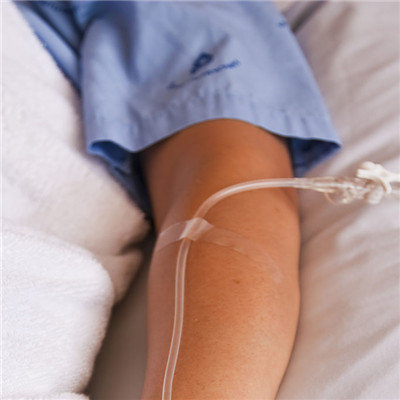
matters needing attention
The total amount of rehydration should include continuous loss and physiological requirement. The physiological requirement is generally not less than 1500ml, mainly water or glucose solution. The principle of rehydration is fast first and then slow. At the same time, close observation of peripheral circulation, such as blood pressure, pulse, urine volume, etc. In patients with stable circulation, avoid blood sodium concentration rising too fast or falling too fast.


